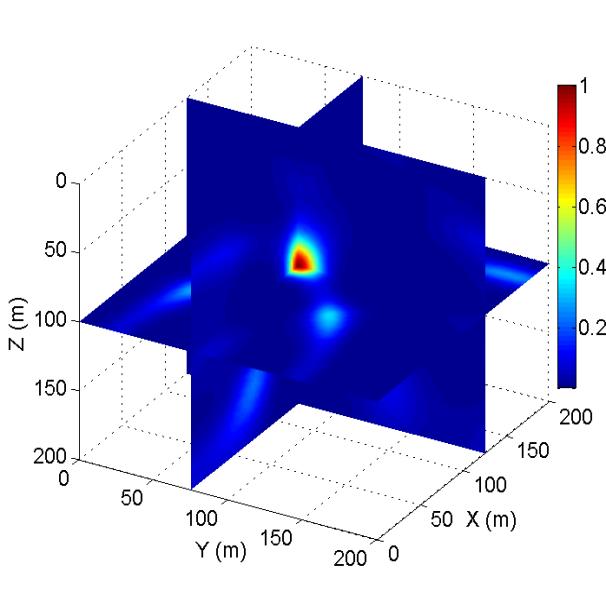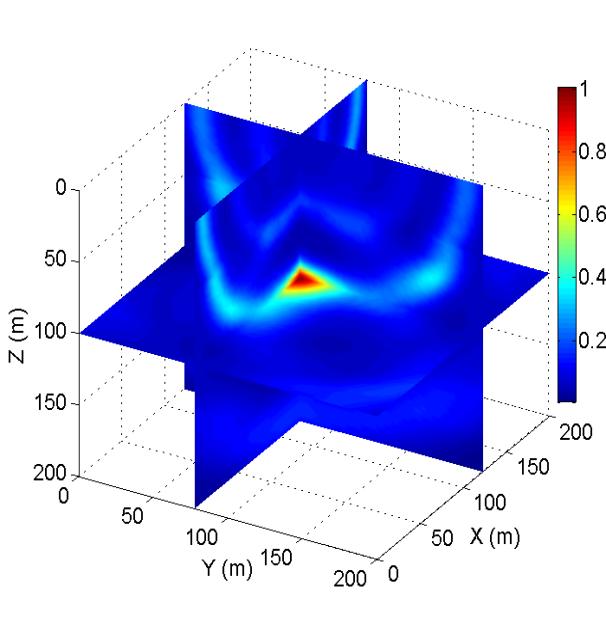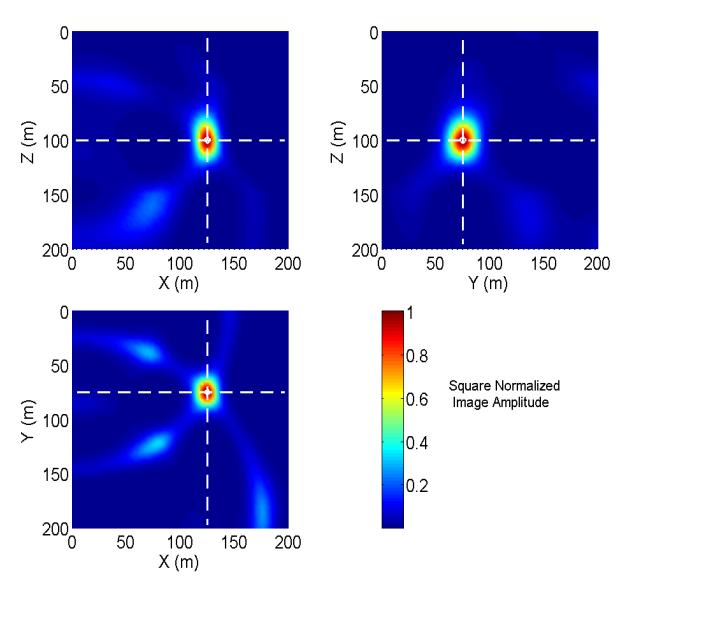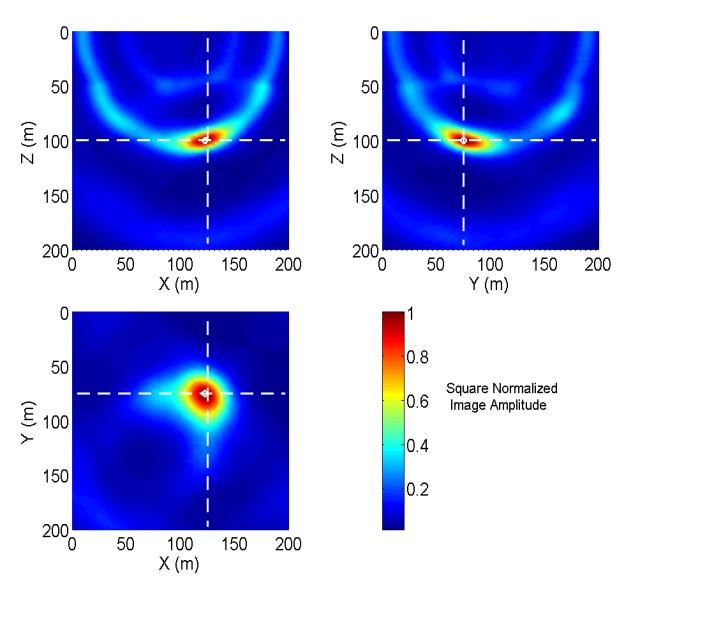Microseismic monitoring is one of the most effective technologies to monitor the geometry of fractures, evaluate the stimulated reservoir volume as well as optimize the field operations. It is like putting a stethoscope to the surface of the earth and listening to the sounds the rocks make as they are being fractured. Those sounds are then further used to create an actual image of how and where the rocks fracture.
Microseismic monitoring has been widely used in many geophysical areas. And microseismic source location is the basis and kernel of microseismic monitoring.
Combining a relative location method and seismic interferometric imaging, a new relative elastic interferometric imaging method for microseismic source location is recently proposed, by researchers from the State Key Laboratory of Acoustics of the Institute of Acoustics (IOA), Chinese Academy of Sciences.
In this new method, the information of a known event (the main event) is fully used to improve the location precision of the unknown events (the target events).
The principles of both conventional and the relative interferometric imaging methods are analyzed. The traveltime differences between the known main event and all potential sources with respect to the receiver array are calculated. And then, the cross-correlogram of the main event and target event is interferometrically imaged.
Besides, 2D and 3D numerical experiments demonstrate the feasibility of this newly proposed method in locating a single microseismic event. Envelopes of cross-correlation traces are adopted to overcome the effects of changing polarities resulting from the source mechanism and receiver configuration.
The imaging results of single-well, double-well and surface monitoring arrays are compared and analyzed. Fig. 1 shows the relative interferometric imaging results for double-well and surface monitoring. Compared with the direct interferometric imaging in the 3D numerical experiment of double-well monitoring, the relative interferometric imaging exhibits higher calculation efficiency and reliability with a certain amount of theoretical traveltime error.


(a) (c)


(b) (d)
Fig. 1 Three-dimensional (a, c) and two-dimensional (b, d) view of imaging results for double-well and surface monitoring (Image by IOA).
Furthermore, the location precision of the relative and conventional interferometric imaging methods is also compared. And it indicates that the former hold both advantages of the relative method and interferometric imaging. Namely, it can adapt to comparatively high velocity error and low signal-to-noise ratio microseismic data. Simultaneously, since there is no arrival time picking and fewer cross-correlograms are imaged, the method also significantly saves computational expense.
Funding for this research came from the R&D of Key Instruments and Technologies for Deep Resources Prospecting (No. ZDYZ2012-1) and National Natural Science Foundation of China (Nos. 11374322, 11574347).
Reference:
LI Lei, CHEN Hao, WANG Xiuming. Relative Elastic Interferometric Imaging for Microseismic Source Location. Journal of Geophysics and Engineering (Vol. 13, No. 5, August 2016, pp. 733-744). DOI: 10.1088/1742-2132/13/5/733
Contact:
CHEN Hao
Institute of Acoustics, Chinese Academy of Sciences, 100190 Beijing, China
Email: chh@mail.ioa.ac.cn


